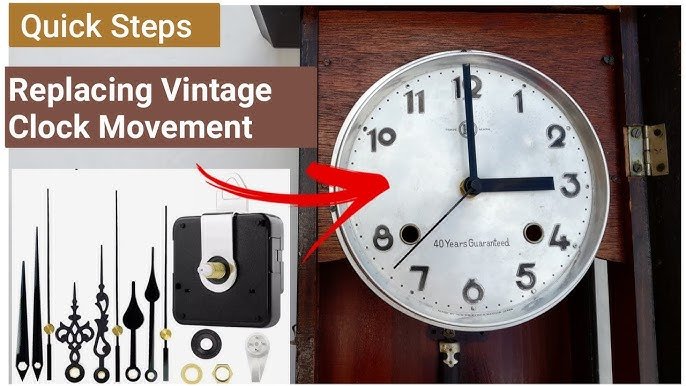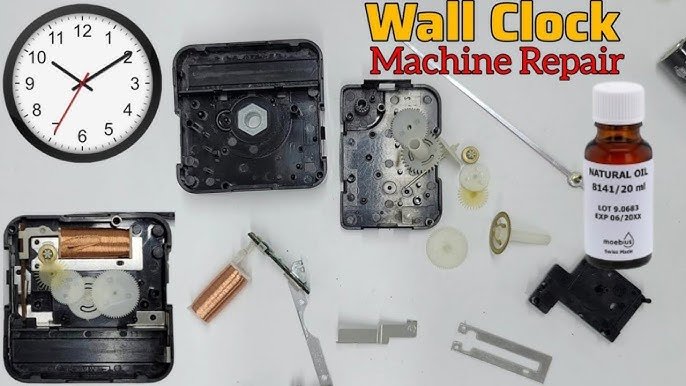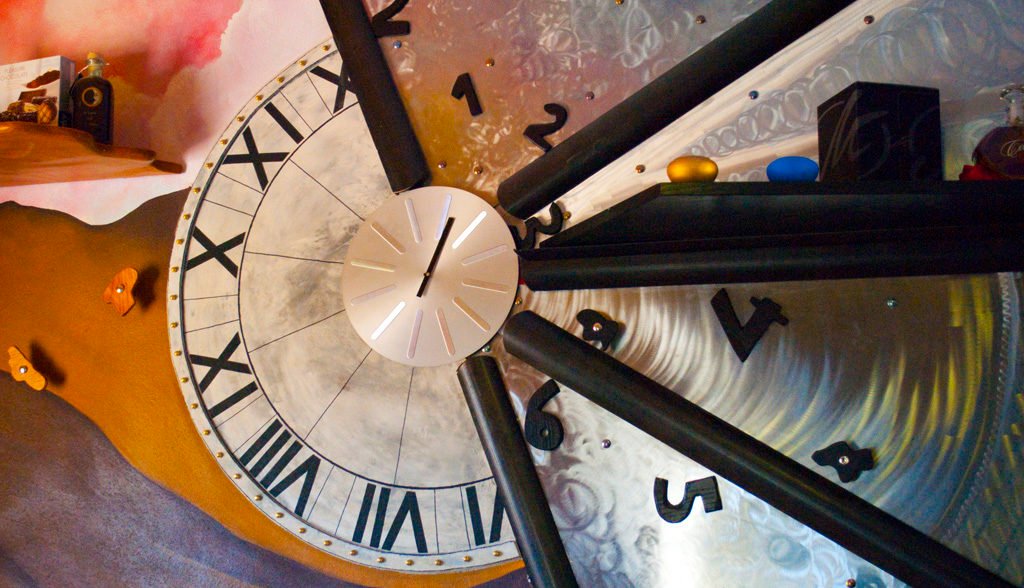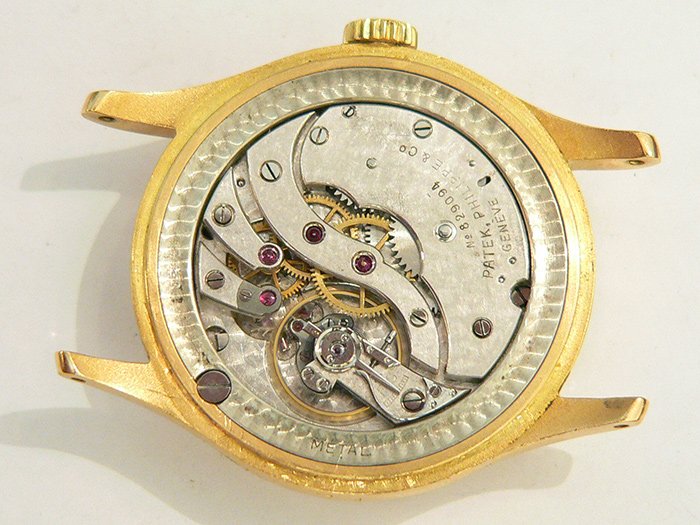Clock mechanisms can be intricate and delicate, but repairing them is often achievable with the right tools and techniques. Whether you’re dealing with a cherished antique or a modern timepiece, this step-by-step guide will help you diagnose and fix common issues with clock mechanisms. Follow these instructions to restore your clock to its former glory.
Step 1: Gather Your Tools and Materials
Before you begin, ensure you have the following tools and materials:
- Screwdrivers: Various sizes, preferably with a set of precision screwdrivers.
- Tweezers: For handling small components.
- Clock Oil: Specifically designed for clock mechanisms.
- Magnifying Glass: To inspect tiny parts.
- Cleaning Supplies: Soft cloths and a mild cleaner.
- Replacement Parts: If needed, based on your clock’s make and model.
Step 2: Remove the Clock from Its Case
To access the mechanism, carefully remove the clock from its case:
- Unfasten the Back: Depending on the clock design, you may need to unscrew or pry off the back panel.
- Lift Out the Mechanism: Gently lift the clock mechanism out of the case. Take note of how it’s positioned, as you’ll need to reassemble it later.
Step 3: Inspect the Mechanism

Examine the clock mechanism for visible signs of damage or wear:
- Check for Broken Parts: Look for any cracked or missing gears, springs, or other components.
- Assess the Movement: If the clock hands are stuck or moving irregularly, it may indicate a problem with the gears or escapement.
Step 4: Clean the Mechanism
Dirt and old oil can hinder the clock’s performance. Clean the mechanism as follows:
- Dust Off Debris: Use a soft brush or compressed air to remove dust and debris from the mechanism.
- Wipe Components: Gently wipe the components with a soft cloth dampened with a mild cleaner.
- Avoid Excessive Moisture: Ensure that no moisture gets inside the clock mechanism.
Step 5: Lubricate the Mechanism
Proper lubrication is crucial for smooth operation:
- Apply Clock Oil: Use a small amount of clock oil to lubricate the gears and moving parts. Avoid over-oiling, as excess oil can attract dust.
- Work Oil In: Move the gears manually to distribute the oil evenly.
Step 6: Reassemble the Mechanism
Once cleaned and lubricated, reassemble the clock mechanism:
- Position the Mechanism: Place the mechanism back into its case, ensuring it aligns with the mounting holes or supports.
- Secure the Case: Reattach the back panel or cover, making sure all screws or fasteners are tightened.
Step 7: Test the Clock
After reassembly, test the clock to ensure it’s working properly:
- Set the Time: Adjust the clock hands to the correct time.
- Monitor Performance: Observe the clock for a few hours to ensure it keeps time accurately and runs smoothly.
Step 8: Troubleshoot Persistent Issues
If the clock still doesn’t work correctly, troubleshoot common problems:
- Check for Obstructions: Ensure no parts are obstructing the gears or movement.
- Inspect for Misalignment: Verify that all components are correctly aligned and securely in place.
- Replace Faulty Parts: If specific parts are damaged or worn, consider replacing them with compatible components.
Step 9: Seek Professional Help
If you’ve followed these steps and the clock is still not functioning properly, it may be time to consult a professional clock repair technician. They can provide expert diagnosis and repair for complex issues that may require advanced tools or techniques.
Conclusion
Repairing a broken clock mechanism can be a rewarding and satisfying process. By following this step-by-step guide, you can address common issues, clean, lubricate, and reassemble your clock to restore its functionality. Whether you’re a DIY enthusiast or a clock collector, understanding these basics will help you maintain and enjoy your timepieces for years to come.





Would you be fascinated about exchanging hyperlinks?
Nice post. I learn something more challenging on different blogs everyday. It will always be stimulating to read content from other writers and practice a little something from their store. I’d prefer to use some with the content on my blog whether you don’t mind. Natually I’ll give you a link on your web blog. Thanks for sharing.